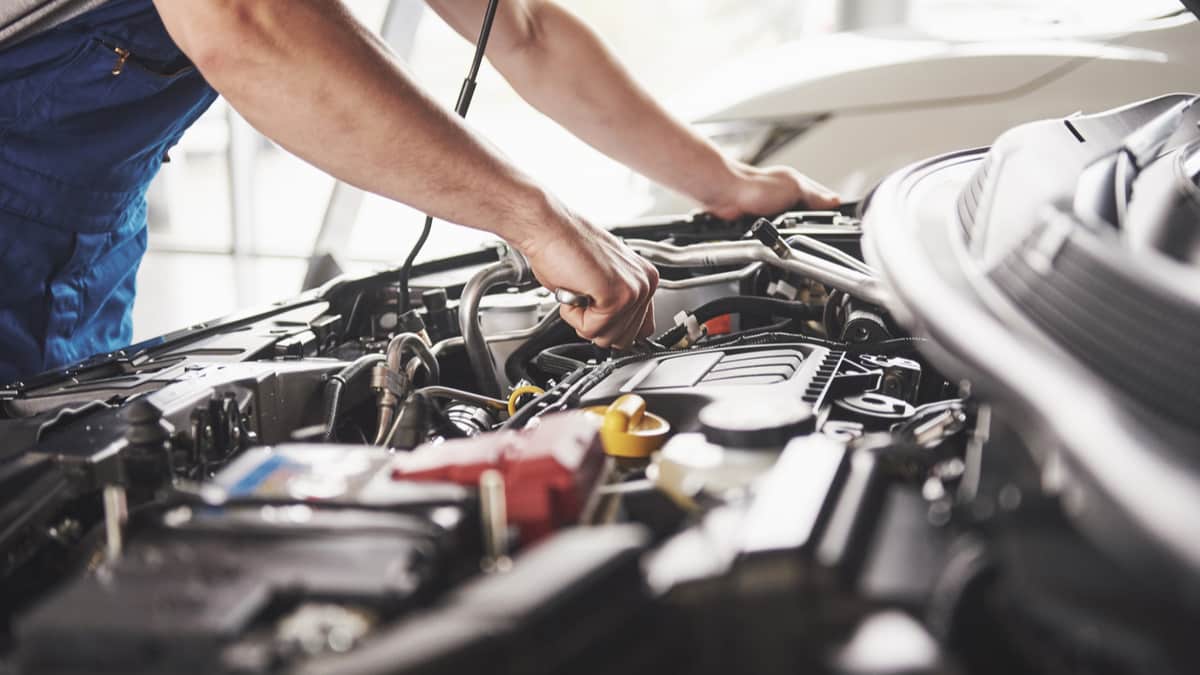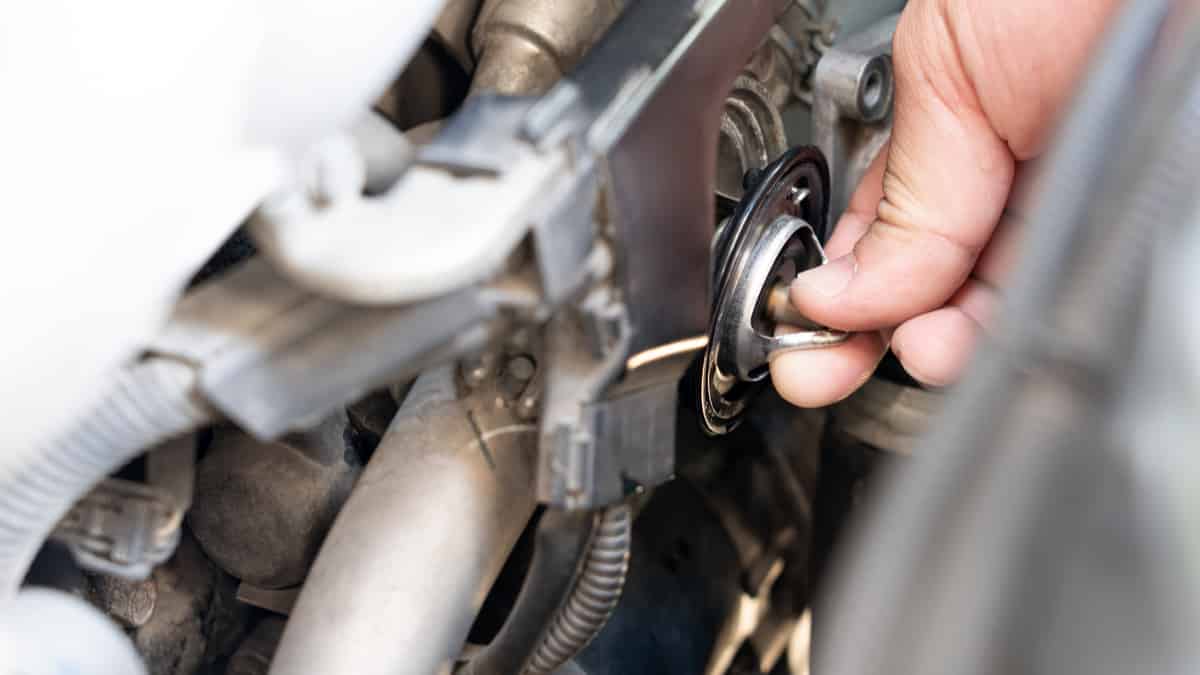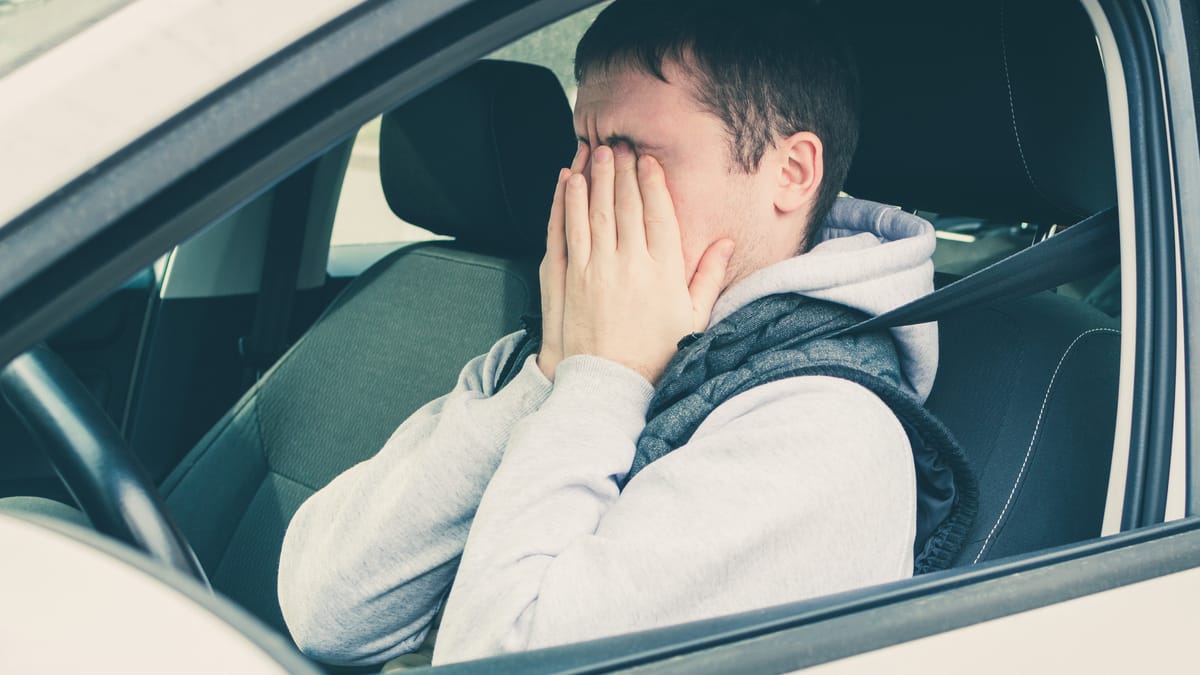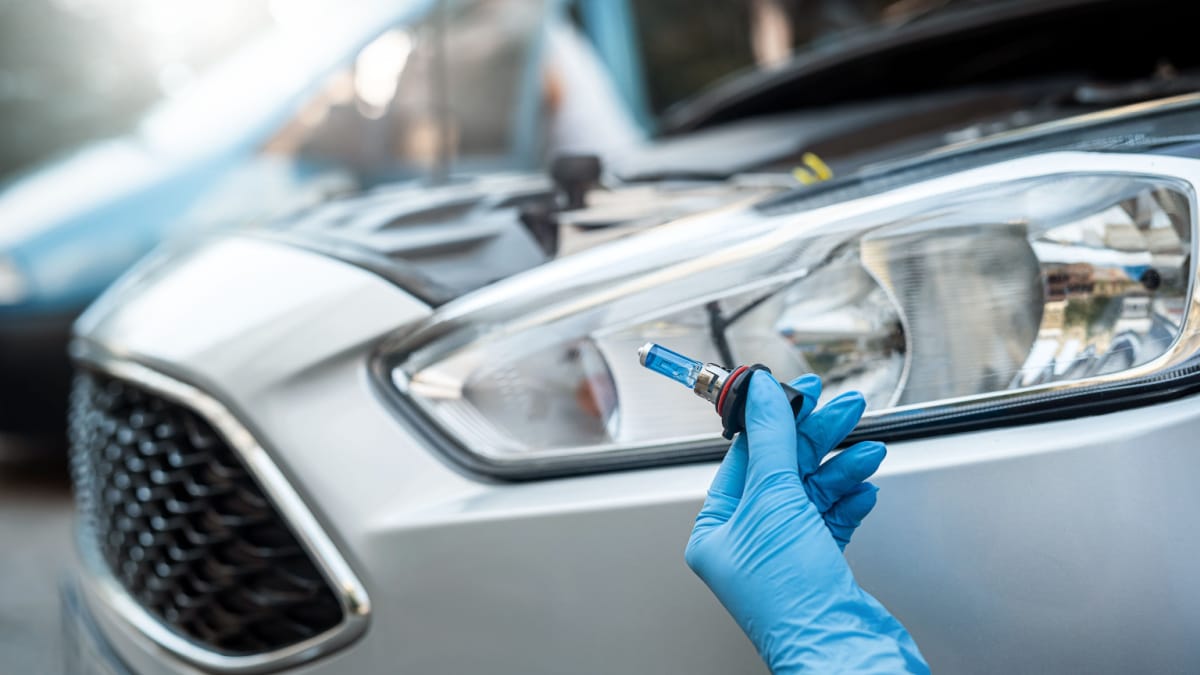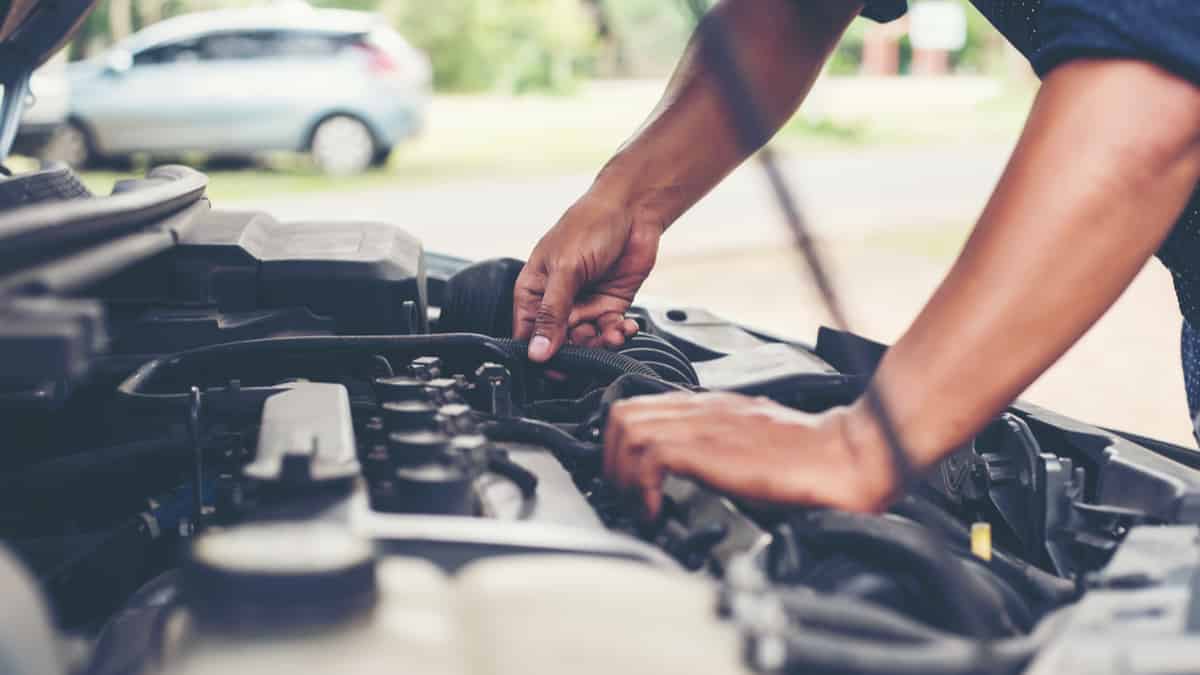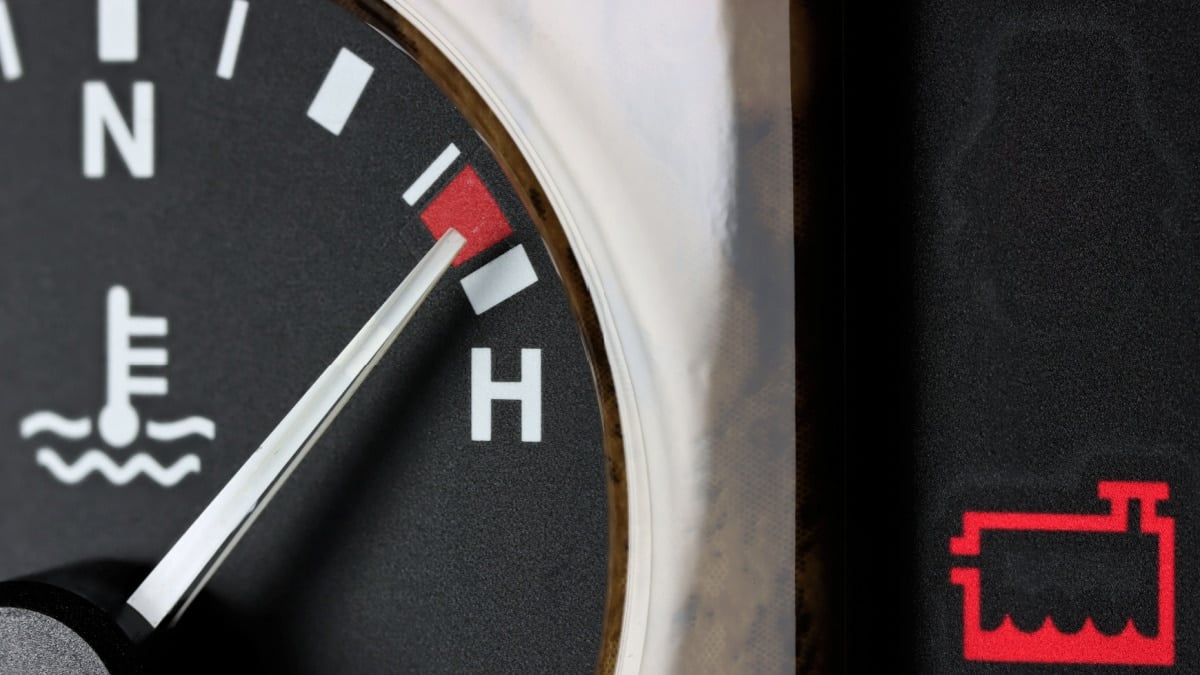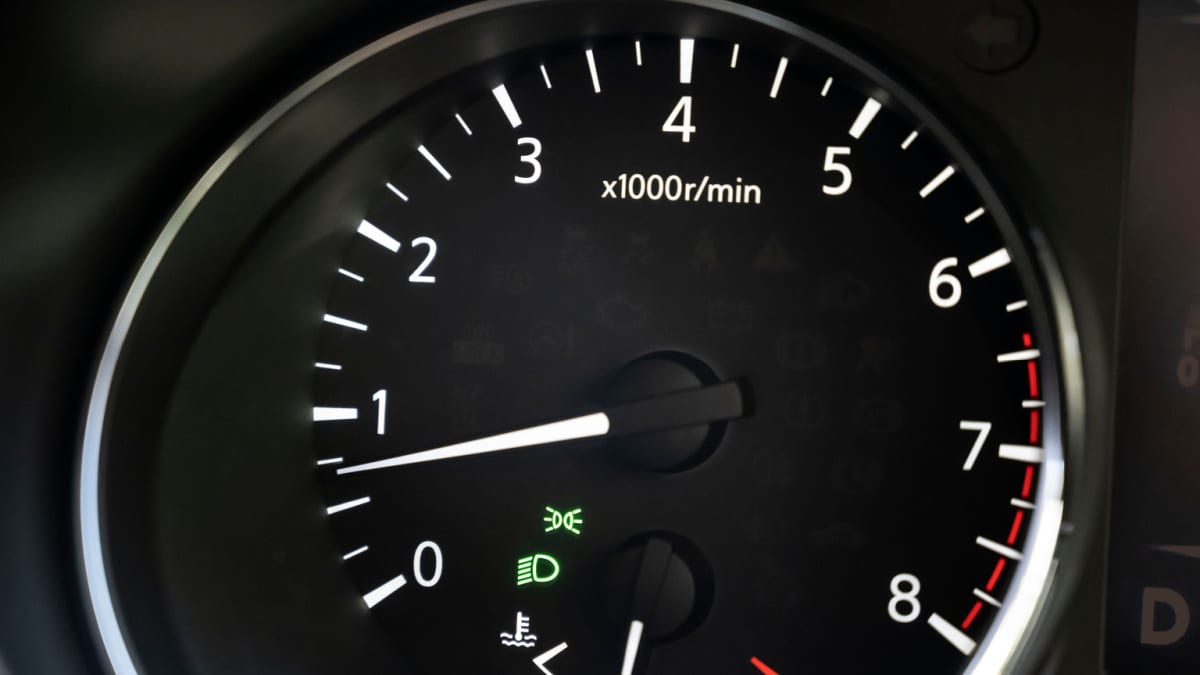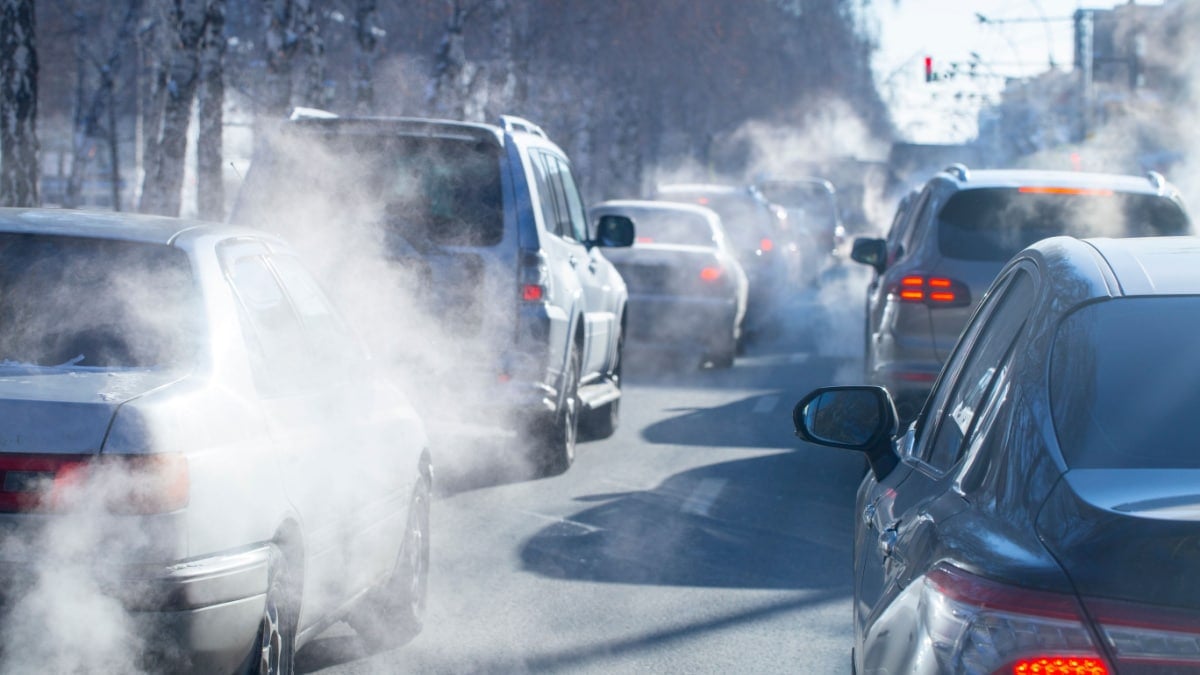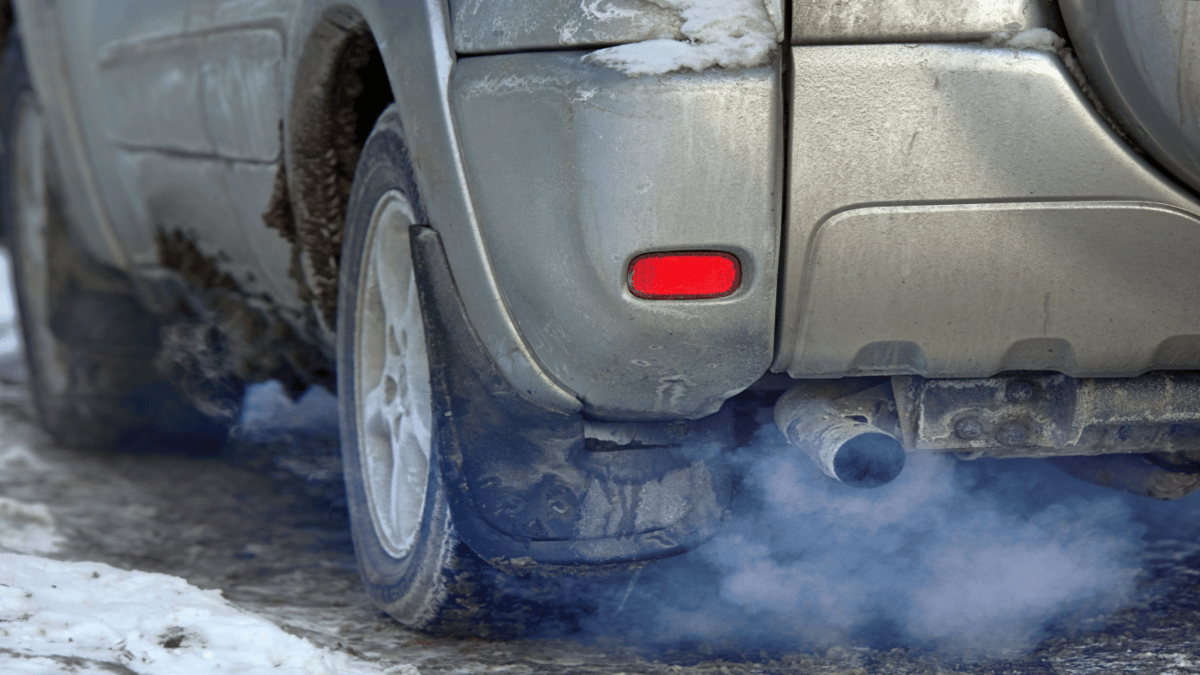It’s a nightmare come true when you are sitting at the stoplight and your car stalls. When the car stalls at idle, what does this mean and what can be done about it?
In this guide, I look at the reasons why the car can die while idling. I also discuss how much each fix might cost.
What Causes a Car Engine to Stall While Idling?
A car can stall while idling due to a defective oxygen or mass airflow sensor. It can also be caused by an EGR valve that’s stuck open, or fouled spark plugs. Additionally, the idle air control valve, throttle body, fuel system or transmission could be to blame.
Here is some more detailed information about the reasons why your car engine is stalling while idling:
1. Defective Oxygen or Mass Airflow Sensor
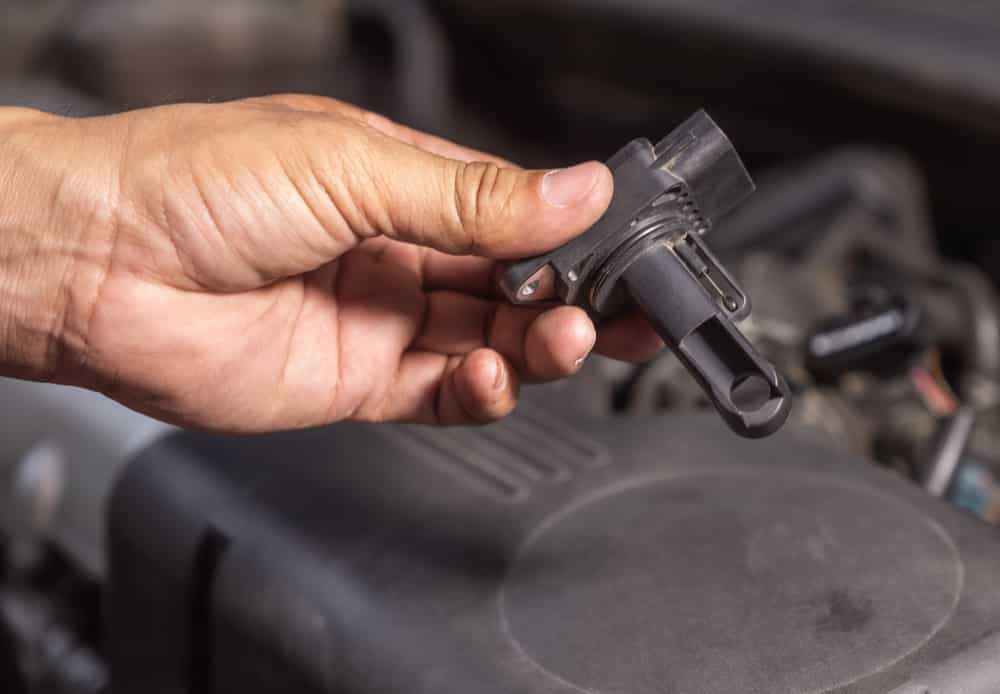
The vehicle has several sensors working to ensure that the air-fuel mixture of the engine is just right. All of the sensors are responsible for sending information to the ECM (engine control module). With this information, the ECM determines how to regulate the engine for proper operation.
The oxygen sensor is found in the exhaust manifold. It measures how much air is leaving the engine. The mass airflow sensor sits alongside the engine within the intake air duct to measure how much air is entering the combustion chamber.
The ECM uses this data to lower or raise the amount of air needed in the combustion chamber. If the information coming from either sensor is incorrect, the ECM will send in the wrong amount of air, causing trouble while idling.
2. Stuck Open EGR Valve
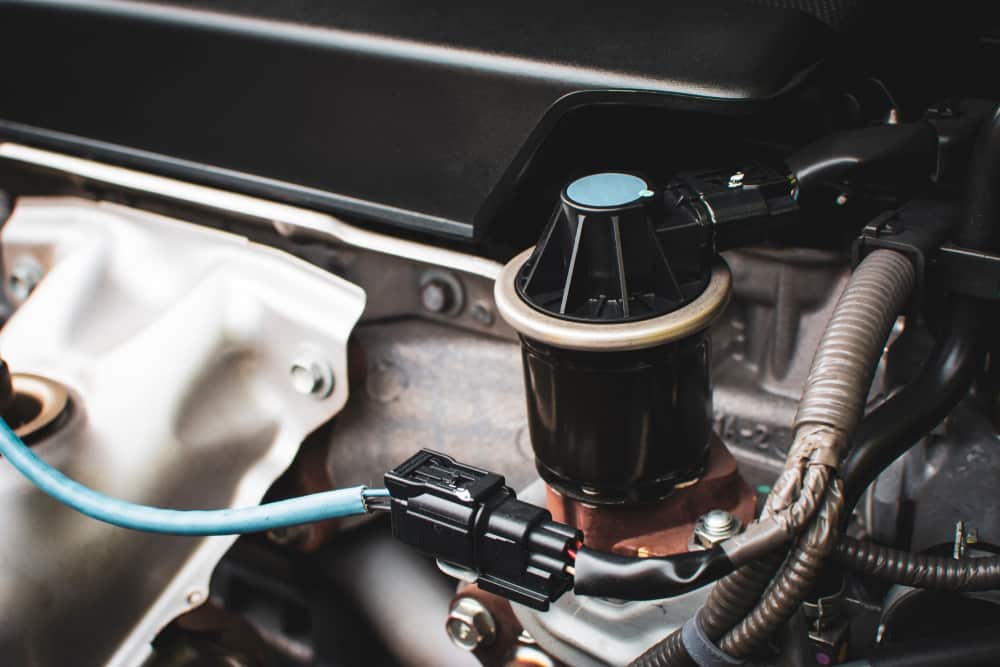
The Exhaust Gas Recirculation (EGR) helps to take a portion of the exhaust and send it back into the combustion chamber. This process helps to decrease the internal temperature. Carbon dioxide doesn’t burn like oxygen does, so it helps to reduce the temperature in the engine.
If the EGR valve gets stuck open, the exhaust gas won’t stop flowing. The air-fuel ratio becomes imbalanced because of the excess amount of exhaust flowing through. This defect can also cause the system to suck in more air. Without the right amount of power, the engine is going to stall.
RELATED: 6 Symptoms of a Bad EGR Valve (& Replacement Cost)
3. Fouled Spark Plugs
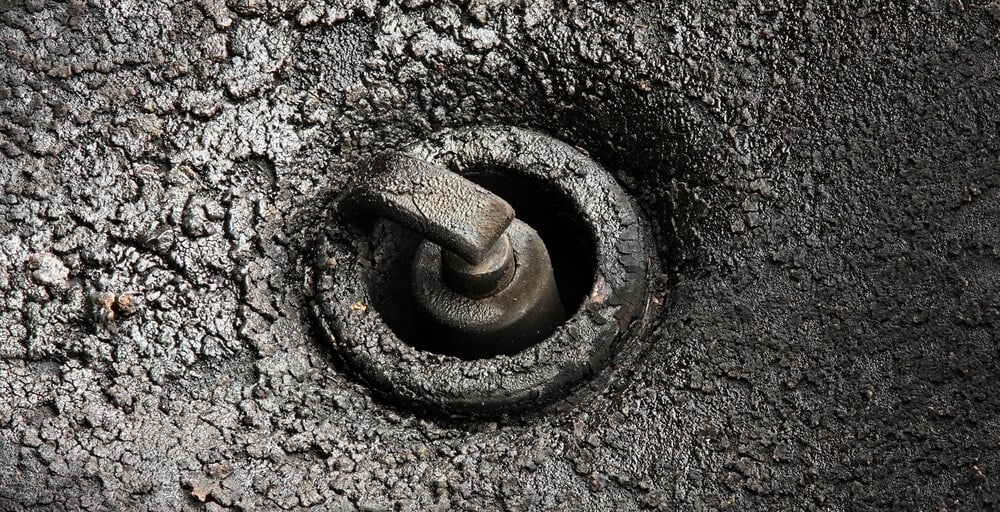
The spark plugs have to ignite the air and fuel mixture that’s in the combustion chamber. As the plugs age, carbon deposits build up on the tip, making them less effective at starting this ignition process. This defect leads to less power within the engine, creating a stalling effect while idling.
Changing the spark plugs is considered a regular maintenance task and is part of the regular tune-up. Copper plugs might only last up to 30,000 miles, but you can find iridium or platinum plugs that will run for 100,000 miles.
RELATED: 6 Symptoms of Bad Spark Plugs (& Replacement Cost)
4. Throttle Body
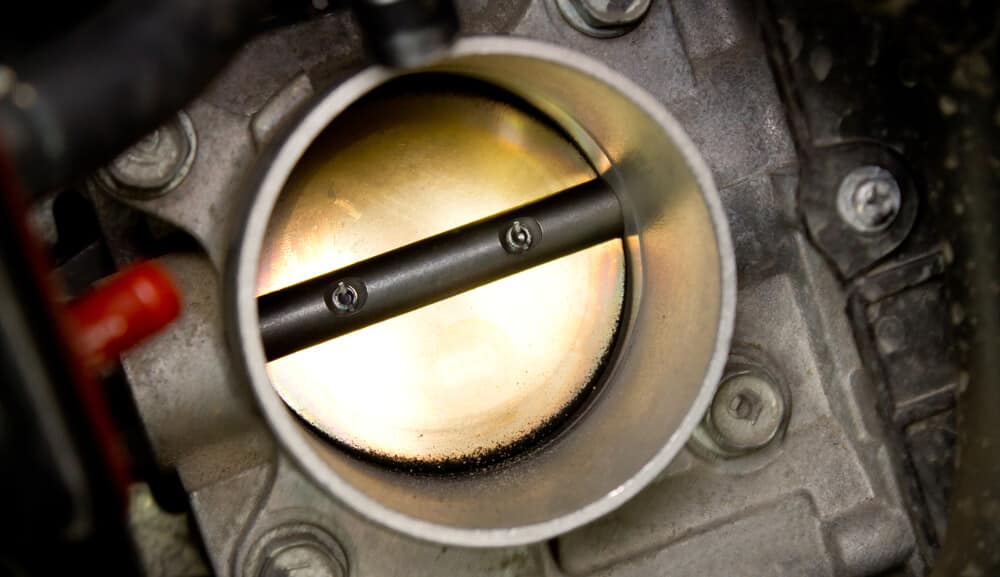
If you have a car made before the mid-2000s, it probably contains a mechanical throttle body. When these become dirty or contaminated, airflow can be inhibited. This can lead to a stalling engine.
Cars made after this date contain an electronic throttle body. If there’s a problem with the circuitry or connections, a defective throttle body can cause the engine to stall.
It could also be due to a dirty throttle body. Look further down in the article for more details.
RELATED: 8 Symptoms of a Bad Throttle Body (& Replacement Cost)
5. Malfunctioning Idle Air Control Valve
The idle air control valve or actuator keeps the RPMs in the appropriate range, especially when idling. It takes the information from the ECM to determine the proper RPMs.
If the actuator or valve is defective, the speed of the engine might become too low. Once it gets too low, the engine is going to stall. If your car has an electric throttle body, the idle air control valve is most likely integrated with it.
6. Fuel System Issues
We have discussed the need for the proper amount of air in the combustion chamber, but it’s equally important that there’s the right amount of fuel. If there’s a lack of fuel getting to the engine, the car could stall.
There are multiple fuel system components that could be to blame. You might be dealing with a defective fuel pump or a clogged fuel filter. Fuel system issues also cause other symptoms that might be noticeable before it gets to this point. You may hear whining noises, feel sputtering, notice surging and have trouble starting the car. As your car’s performance gets worse, the efficiency of the engine decreases, causing you to spend more time at the gas pump as well.
7. Transmission Trouble
No one wants to hear that the transmission could be a problem because it just sounds like an expensive repair. However, it’s true that the transmission can cause issues with idling.
The problem here would come from the torque converter. In automatic transmissions, the torque converter acts as a clutch from a manual transmission. The torque converter delivers power from the motor to the drivetrain. If it becomes damaged or wears out, the torque converter becomes locked up. With this resistance, the motor stalls.
There’s also the chance that it is just the solenoid. This electromagnet part is responsible for measuring and regulating the fluid pressure.
Diagnosing an Idling Engine
If you want to determine the problem yourself, you can follow these simple steps.
- Scan diagnostic trouble codes. Use your OBDII code scanner to see if any faults have registered. Research the faults and repair the issue to remove the trouble codes.
- Spray some starting fluid on the throttle body. If the vehicle runs normally during this time, you are looking at a fuel system issue.
- Check the fuel pressure. Insert a fuel pressure gauge in the pressure side of the fuel delivery system. With a gas engine, you should see 40 to 50 PSI, while the diesel engine often has pressures that are higher. You can find the appropriate reading in your vehicle’s service manual.
- Check for spark. Put an inline spark tester between a good ground and the plug boot. Crank the engine. If you see the tester light up, the engine is receiving a spark. Otherwise, you need to take a look at the spark plugs.
- Clean the throttle body and do a calibration with your OBD2 scanner, if it got this function. You may need to go to your dealer to calibrate the throttle body.
If these steps don’t help you find out what’s wrong, you might need a professional to take a second look.
Cost to Fix Stalling Engine
The cost of fixing a stalling engine depends on what needs to be repaired. If you must put in a new oxygen sensor, you might spend between $150 and $500 for parts and labor. If you replace the mass airflow sensor, expect to spend about $200 to $350 in total.
If you need to replace the EGR valve, it could cost $250 to $400. While you may be able to clean the EGR valve for about $150 to $200, it may not solve the issue and a replacement will be needed anyway.
The cost to replace the spark plugs depends on what type you choose. You might spend $50 to $250 for a complete tune-up. If you invest in iridium or platinum spark plugs, you will be able to go longer between tune-ups, even up to 100,000 miles.
It’s possible that you can clean the throttle body and resolve the issue. This repair only requires the use of throttle body cleaner to fix the issue. If there’s a circuitry issue, you may need a new throttle body, which could cost $200 to $650.
REALTED: How to Clean a Throttle Body (10 Steps DIY)
If you need to replace the air control valve, you could spend $100 to $500. Among fuel system issues, you may need to replace a fuel pump, which costs $200 to $1,000, while a fuel filter would only be about $50 to $200.
Of course, some of the most expensive issues are part of the transmission. Replacing the torque converter could cost $600 to $1,000. However, if it’s just the solenoid that needs replacement, you could spend $15 to $100. Plus, this job is easy enough to perform yourself, so there’s no reason to pay for any labor.
Categories: Engine, Troubleshooting

